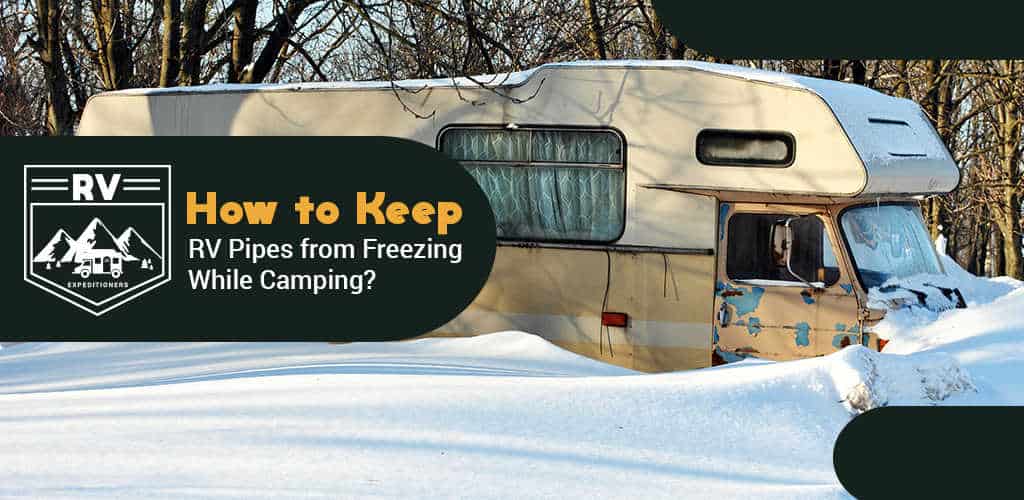You don’t need a professionally customized RV camper to get through the winter without the pipes freezing. You don’t even need high-end components. There are certain layers of protection that you can apply to the RV pipes on your own.
Some you can buy and others you can improvise using the following items and methods.
Necessary Tools
- Insulating tape
- Towels
- Tank heater
- Heating pads
Step-by-Step Guide
Wrapping exposed water lines
This is the easiest thing that you can do to provide one layer of insulation to your exposed water lines. Wrap them in insulating tape, which is cheap to buy and easy to use. However, this is just one of several things that you’ll have to do.
Foam insulation is also a good alternative provided you have enough room to wrap around the pipes and add a protective PVC shield around it to hold it in place. Of course, you can also order water hose insulation to size that doesn’t require additional DIY fixes and mounting brackets.
Install the tank heater
If you are camping with your RV during the winter, draining the water tank does nothing for you, so another way how to keep RV pipes from freezing while camping is to add a tank heater to your RV. Tank heaters are usually placed underneath the water tank. Use the self-adhesive backing to affix it and then plug the heater into an outlet.
Cover holding tanks
Using some extra towels, you can add another layer of insulation. You can use towels to cover the holding tanks. Cotton is a decent heat insulator. Its intertwined fibers trap a lot of air between them (air is a poor heat conductor). Therefore, a stack or two of towels can make a difference.
Add Heating Pads
Heating pads can also be used both for water tanks and exterior water pipes. They’re relatively cheap and easy to install, and they can run on your RVs power.
Use the lamp trick
Some people even use a lamp inside the water holding tank compartment. As the lamp generates heat in the small enclosed space, the outside of the tank gets less cold. However, this is dangerous if a spill happens.
Empty gray and black water tanks
Emptying gray and black water tanks more often is also recommended during the winter.
Tips and Warnings
- You should always put insulating foam or tape around your pipes when winter approaches
- Make sure you have enough power for all your appliances during the winter. If you use heating pads, a heating tank, and other appliances, the power draw may be too high to support with your other comfort features
- Don’t be stingy on the interior heating. Every little bit helps to prevent your pipes from freezing
- If you’re storing your RV for the winter, or if you’re giving it a long break, always drain the fresh water tank. This prevents anything inside the pipes from freezing and it also prevents rust and corrosion
- Last but not least, if your water tank is full or has enough water that you don’t need a refill anytime soon, disconnect the hose until you actually need it. Store it inside a storage compartment
Final Thoughts
The chances of encountering frozen pipes are rather low in most areas. Due to the quality of materials used in today’s RVs and their plumbing systems, you may only have to take the necessary precautions.
However, keep in mind that running all that heating all day long might be costly in the end.

